“Culture and development are not natural enemies, they are natural friends. We are creative from our experiences, observations, memories, and heritage, not from a blank space.”
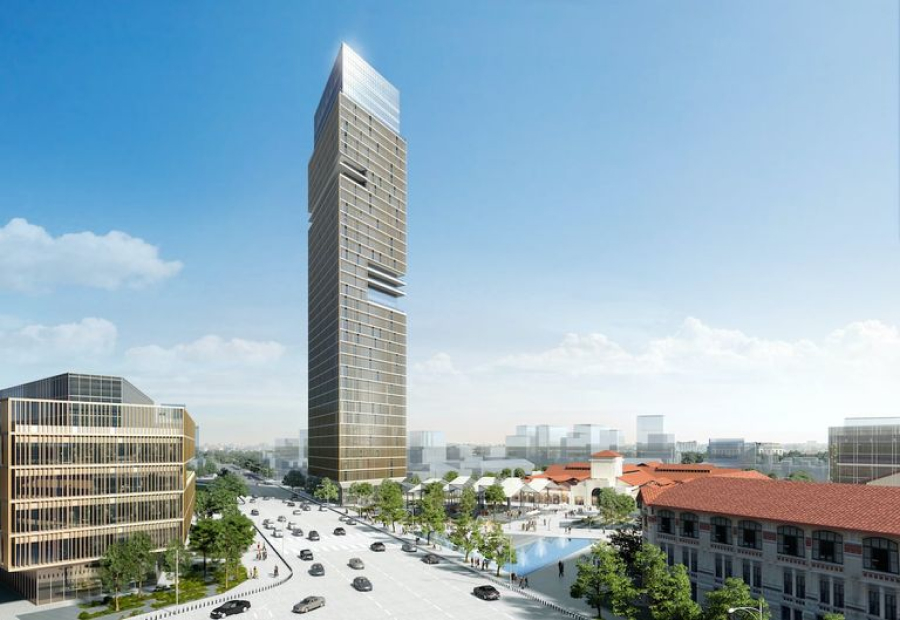
Source: S&A Architecture
In the West, adaptive reuse is a widely accepted building block of sustainable development. In Asia, on the other hand, the idea of turning forgotten historic buildings into financial assets by developing them into hotels, restaurants or residential buildings is only starting to gain traction.
Luigi Campanale of S&A Architecture (formerly named SCE Project Asia), the organizer of the ‘Heritage Preservation & Economic Development In ASEAN’ conference that took place in Saigon last week, sees it as his mission to demonstrate that the often dilapidated state of these buildings hides enormous potential benefits that can be realized over a new-build scheme. The event, organized in partnership with Vietcetera Media, looked at how cities across SEA can benefit from adaptive reuse.
In his opening remarks, Dante Brandi, Consul General of Italy in HCMC, highlighted the potential of cultural heritage as a soft power element for economic development. In Italy, he explained, creative arts have always drawn inspiration from heritage, as pointed out by prominent Italian architect Marco Casamonti in his interview with Vietcetera. That’s why Italy sees heritage as a vehicle of economic transformation and a driver for creative industries, making cultural preservation a crucial component in the bilateral relationship between Italy and Vietnam.
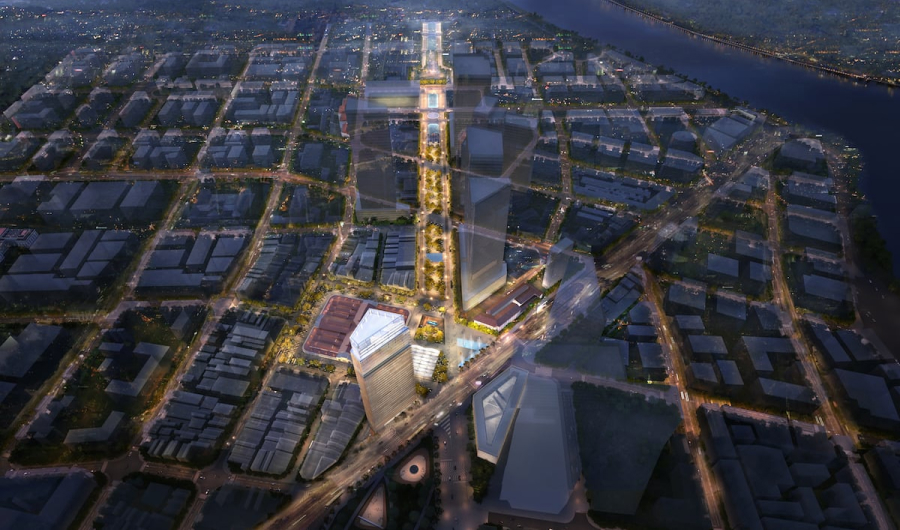
Italy sees heritage as a vehicle of economic transformation and a driver for creative industries, making cultural preservation a crucial component in the bilateral relationship between Italy and Vietnam. | Source: Nghi Nguyen for Vietcetera
In his video message Enrico Letta, Italy-ASEAN Association President and former Prime Minister of Italy, stressed that only by working together, academia, business leaders and policymakers can hope to achieve their respective goals. Speaking of the role of heritage preservation in economic development of cities, he noted that “we can’t divide business and culture.”
Michael Croft, UNESCO Vietnam Director, spoke of the UNESCO Creative Cities Network established to promote cooperation with and among cities that have identified creativity as a strategic factor for sustainable urban development. He believes that the network is tailor-made for ASEAN with its rich heritage, music and gastronomy. Hanoi, the only Vietnamese city in the network so far, chose “establishing a new city vision” as its development theme. In addition to elevating their regional profiles, inclusion in the network helps cities achieve their economic goals: “Culture and development are not natural enemies, they are natural friends. We are creative from our experiences, observations, memories, and heritage, not from a blank space.”
Joining via Zoom from Italy, Scientific Vice President of Italy-ASEAN Association Romeo Orlandi started by saying that among ASEAN countries, Vietnam is second only to Indonesia when it comes to the number of Italian businesses that are considering market entry. These companies stand to benefit from a rich program of cultural activities under Italy-ASEAN’s heritage economy umbrella, as cities so far excluded from the cultural circuit become part of an “elite” network of cities generating global value.
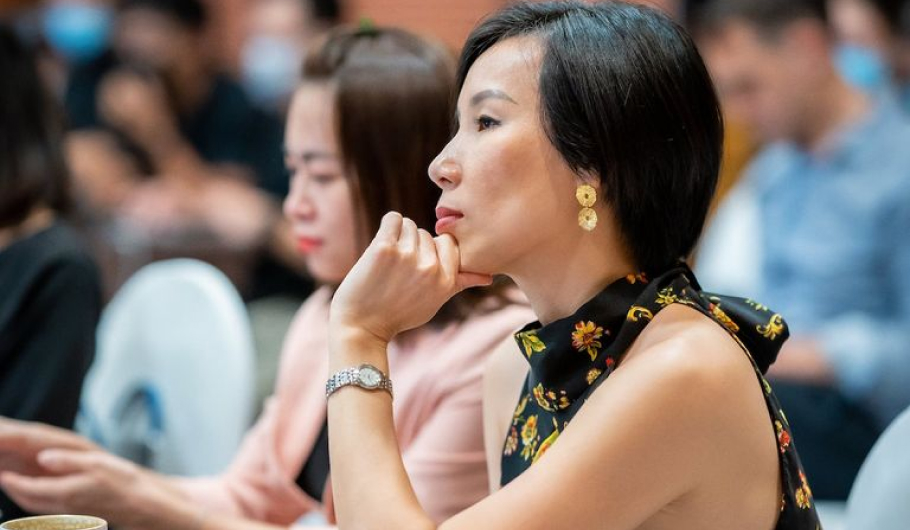
Vietnam is second only to Indonesia when it comes to the number of Italian businesses that are considering market entry. These companies stand to benefit from a rich program of cultural activities under Italy-ASEAN’s heritage economy umbrella. | Source: Nghi Nguyen for Vietcetera
Panel Discussion 1: Heritage Economy & Hospitality
For local developers, what is the first consideration when choosing a project? For Sylvia Nguyen, CEO of Alphanam Real Estate, it’s the ability to contribute to Vietnam’s unique identity. “What we do shapes the lives of the people. So how do we make sure Vietnamese people benefit from these developments?” Other important questions when considering adaptive reuse projects are fire and life safety, aesthetics, and being able to optimize the buildings for modern living.
What puts most developers off working with heritage buildings, she admits, are legal restrictions that limit intervention to the point when creativity is so severely hampered that developers have no choice but to go for a new-build. Sylvia’s solution is to stop measuring the value of heritage exclusively in square meters preserved and to find better yardsticks.
Taking Italy as an example of heritage preservation done right, she spoke of the pride the Italians take in their country’s heritage and how it trickles down through development and tourism ecosystems. Vietnam is so much more than French colonial architecture, but “how do we convince our own people that we can be proud of what was created before and after the Metropole in Hanoi?”
For Sylvia, true integration of culture and hospitality happens when you can witness it in low-end hotels, not just luxury properties that understand the value of storytelling. JW Marriott in Phu Quoc presents itself as an heir to a fictional academy of learning, she says, because as a new-build the property was lacking a compelling story. The upcoming Capella Hanoi, in contrast, is opening in a restored building and can draw on its heritage.
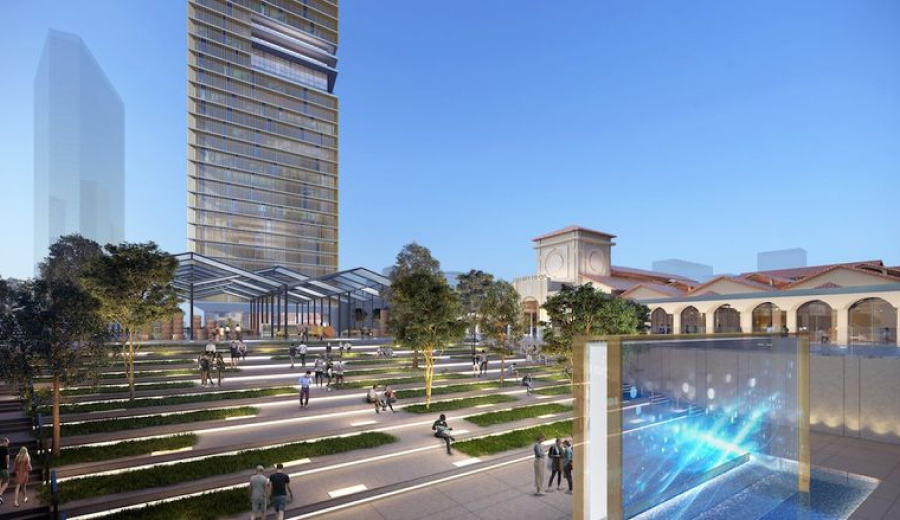
True integration of culture and hospitality happens when you can witness it in low-end hotels, not just luxury properties that understand the value of storytelling. | S&A Architecture
In the Philippines, said panelist Gerard Lico, Architecture Professor with the University of the Philippines, adaptive reuse is still new and developers see it as a big risk. Most successful projects are government-backed and allow few changes to the original structure, but emboldened by recent successes, such as Intramuros, developers are becoming more adventurous. Located in the heart of Manila, the restored district of Intramuros won against Acropolis and the Grand Canyon in the 2020 World Travel Awards. Such successes are instrumental in gaining greater visibility for historical buildings whose owners don’t realize the value of the property or don’t have the know-how to carry out the restoration.
The push is coming from the consumers too, argued Coca Huynh, Design Director with Kien A Corporation, a developer behind such hospitality projects as Marriott Cam Ranh and Alila. Today’s travelers are sophisticated and care about the environment. In response, for their Cam Ranh property, Kien A not only opted for local materials like washed up bleached coral but also turned to local vernacular architecture for inspiration. As a result, all villas and public spaces were built on stilts as a homage to the local fishing villages, reducing the impact on the land. The cost went up, she admits, but by creating a premium product that will attract the well-heeled, sustainably-minded traveler, it becomes a smart investment.
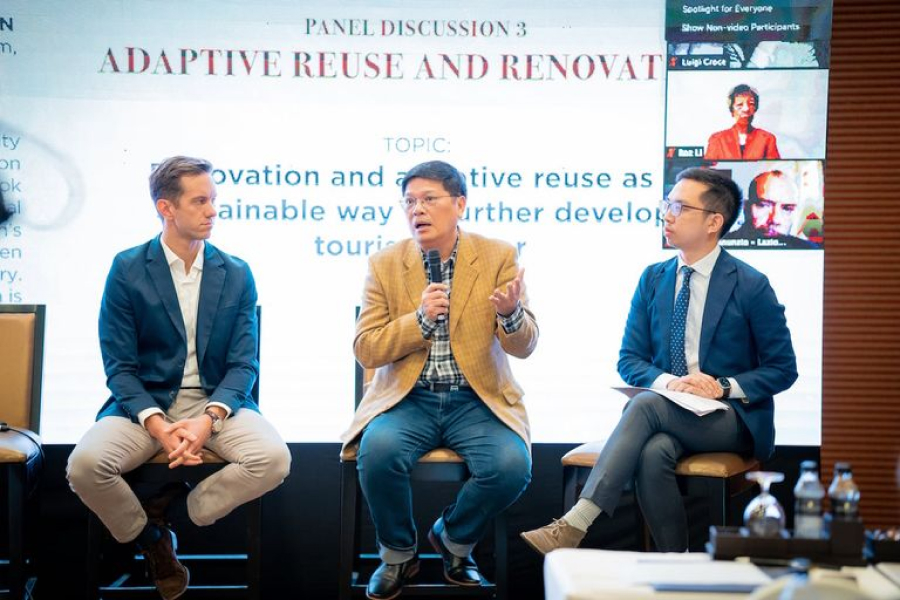
Today’s travelers are sophisticated and care about the environment. In response, for their Cam Ranh property, Kien A not only opted for local materials like washed up bleached coral but also turned to local vernacular architecture for inspiration. | Source: Nghi Nguyen for Vietcetera
Panel Discussion 2: Heritage Economy & Hospitality
Mauro Gasparotti, Savills Hotels APAC Director asked the audience to consider the future of travel. In his presentation titled “What’s next for hospitality?” he spoke of the megatrends, such as global demographic shifts, that see new categories of travelers emerge: silver nomads, tech hipsters, tech warriors and, in ASIAN, extended families. Diverse as they are, there is a common thread – the rise of experiential travel – and this is where opportunities to fuse hospitality and heritage lie. Who did it right? Golden Bridge in Ba Na Hills, The Vietage train by Anantara and Topas Ecolodge in Sapa. Developers who deliver projects that seamlessly connect with history and local culture can ultimately charge more as they attract the affluent traveler. Projects that “connect with everything” by taking an existing destination and turning it into an experience are another untapped opportunity, he argued.
Recounting her experience renovating the iconic Raffles hotel in Singapore, Neha Pandey, Marketing Director of Sun Hospitality Group, shared how highlighting the property’s storied past while optimizing F&B and space to the highest degree possible was a challenge that the operator was able to successfully overcome. Another panelist chose Singapore as a cautionary tale. Kenneth Atkinson, Grant Thornton Vietnam founder and a member of Vietnam Tourism Board, warned that Vietnam could end up following Singapore’s development trajectory where residential areas are first bulldozed and then recreated when authorities belatedly realize that tourists want cities with history and are prepared to stay at old, heritage hotels, such as Sofitel Metropole in Hanoi. And as far as foreign investment is concerned, cities with a high concentration of such properties receive a lot of attention.
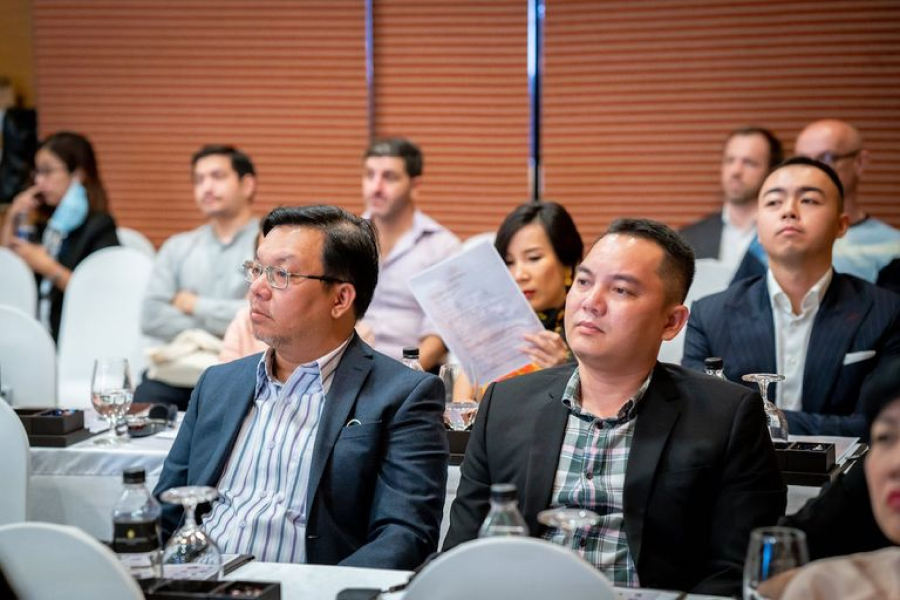
Projects that “connect with everything” by taking an existing destination and turning it into an experience are another untapped opportunity. | Source: Nghi Nguyen for Vietcetera
Duc Nguyen, Investment Director of Aspire, echoed Kenneth’s concerns saying that in Saigon, historic residential buildings are disappearing at an alarming rate. His company specializes in taking heritage buildings and turning them into long-term, small-scale residential and co-living spaces, so he is always on the lookout for heritage property. Yet with many villas being in such a bad condition that restoring them is all but impossible, the pool of properties Aspire can work with is small. Complicating things further is the fact that each villa is completely different in terms of design and condition, meaning expensive customized redevelopment plans are required.
Another Saigon-based developer, SonKim Land, also uses every opportunity to showcase Vietnam’s history and culture. The vision of the group’s founder, explained Vu Thuy Vy, SonKim Land CFO, is to use restored heritage buildings in historic areas, such as Saigon’s diplomatic area, as showrooms. This strategy allowed SonKim Land to preserve many treasures for generations to come and have become part of the corporate identity of SonKim Land. “Art, culture, heritage are all part of the lifestyle we are trying to preserve,” she concluded.
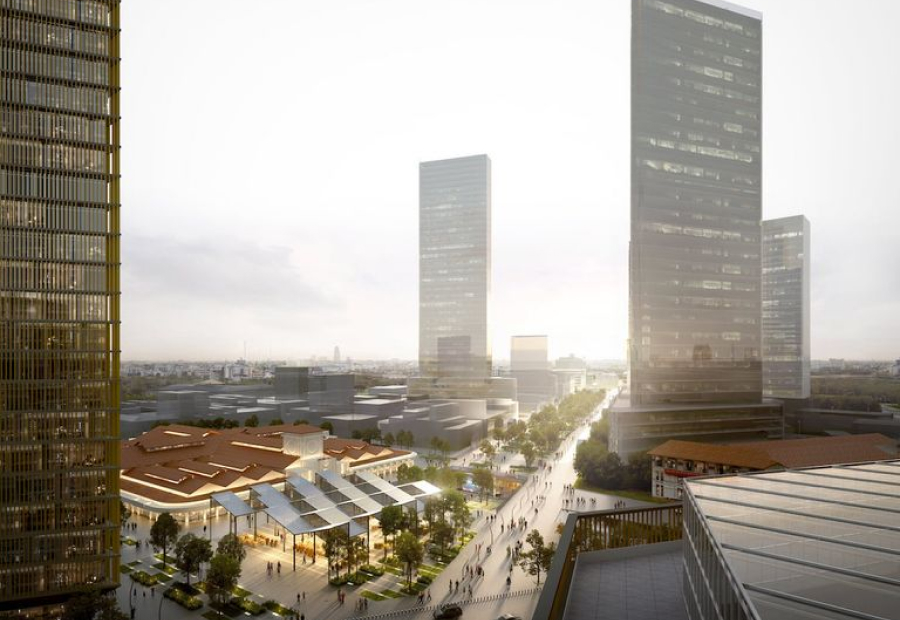
Art, culture, heritage are all part of the lifestyle we are trying to preserve. | Source: S&A Architecture
Opening the panel on adaptive reuse, Luigi Campanale of S&A Architecture presented his company’s competition entry for the redevelopment of Ben Thanh Market. Named Saigon Golden Square after the site’s original function as a gathering place for the city’s gold traders, it encompasses a pedestrian zone, underground parking and shopping facilities connected to the metro line, as well as F&B and recreational areas for the community.
Being one of the most recognized symbols of Vietnam, Ben Thanh Market is of huge importance to the city, making the scale of the project the perfect opportunity for a private-public partnership where commercial towers “pay” for the restoration of the original building. Old and new must combine in other ways too, believes Luigi. Smart cities of the future are unimaginable without incorporating sophisticated technology, including in adaptive reuse projects. So what are the strategies to implement in a smart city? Renovate the built environment; create resilient and self-sufficient cities, implement capacity buildings and smart hubs; and combine tradition and innovation.
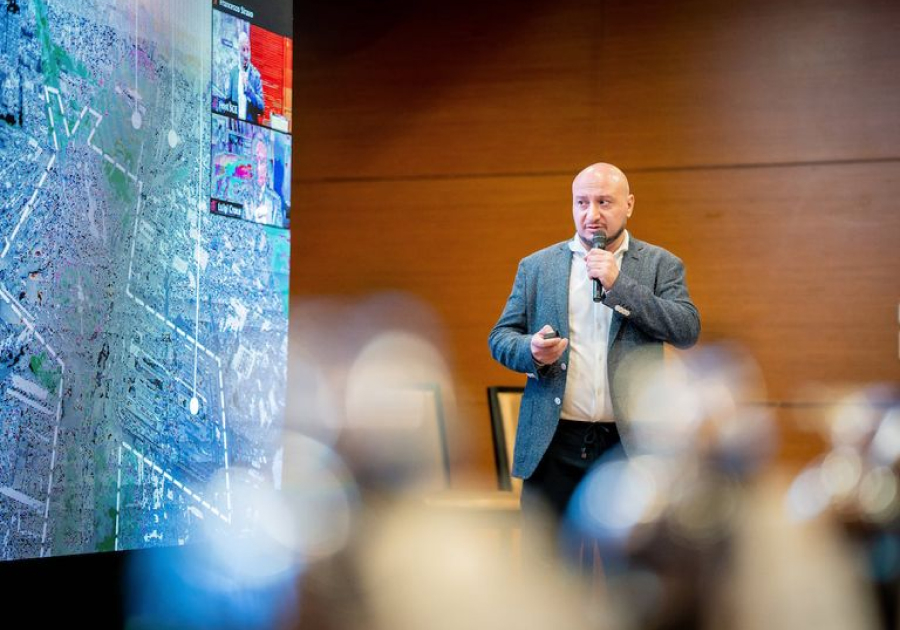
Old and new must combine in other ways too, believes Luigi. Smart cities of the future are unimaginable without incorporating sophisticated technology, including in adaptive reuse projects. | Source: Nghi Nguyen for Vietcetera
More practical advice followed from Roz Li, the President of Bakas Pilipinas, a Philippine Historic Preservation Society based in New York, who shared a few issues to keep in mind when considering an adaptive reuse project.
- Compatibility with the community. Is it something people will welcome and not fight?
- Compatibility of the proposed use of the heritage building, so that the outcome doesn't destroy what made the building special in the first place.
- Accessibility. Will the general public be able to easily access the site?
- Size of the site. Is it big enough to accommodate all the amenities?
- Compliance with building regulations. Unlike in the US, in many countries in Asia building codes do not differentiate between new and renovated buildings.
- The possibility that insertion of modern-life systems will clash with creativity.
- The difficulty of finding skilled craftsmen and trained people to carry out construction and renovation of the old features. Availability of materials for renovation.
- Environmental issues such as the use of lead, asbestos and other banned materials in the original construction.
- Energy retrofitting and turning it into a green building.
- Francesco Siravo, a conservation architect working in Penang, Malaysia spoke about the ongoing renovation of Georgetown, a UNESCO heritage site since 2008. The area has a high percentage of residential heritage buildings but they are underappreciated and not included in the UNESCO site. Francesco sees inclusion into heritage lists as a double-edged sword: it brings tourism dollars but also robs the area of the local characters, as is the case with tourist meccas like Barcelona. His message to developers is to “strike for a continuity, not a transformation for the sake of transformation.”
Francesco Siravo, a conservation architect working in Penang, Malaysia spoke about the ongoing renovation of Georgetown, a UNESCO heritage site since 2008. The area has a high percentage of residential heritage buildings but they are underappreciated and not included in the UNESCO site. Francesco sees inclusion into heritage lists as a double-edged sword: it brings tourism dollars but also robs the area of the local characters, as is the case with tourist meccas like Barcelona. His message to developers is to “strike for a continuity, not a transformation for the sake of transformation.”
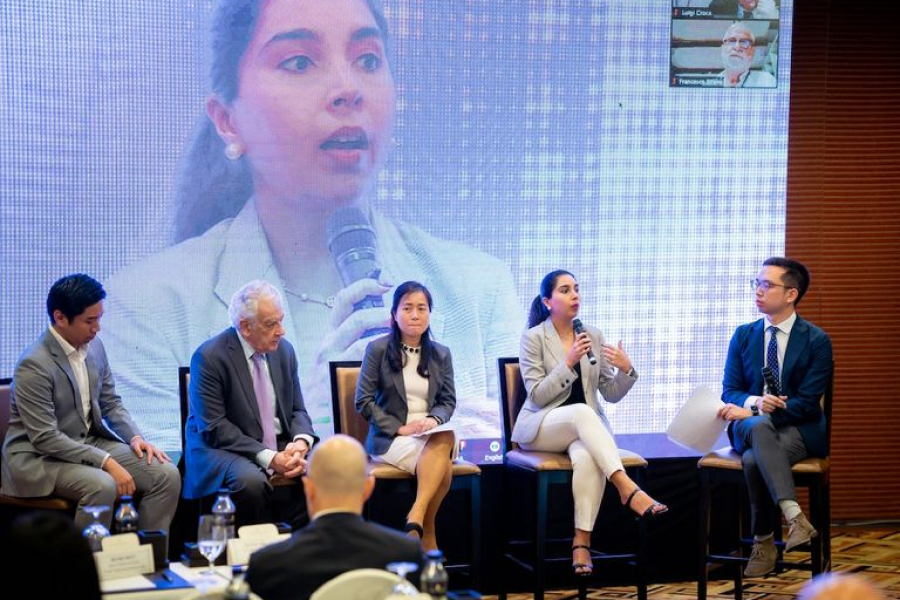
Francesco sees inclusion into heritage lists as a double-edged sword: it brings tourism dollars but also robs the area of the local characters, as is the case with tourist meccas like Barcelona. His message to developers is to “strike for a continuity, not a transformation for the sake of transformation.” | Source: Nghi Nguyen for Vietcetera
Tran Huu Phuc Tien, a historian, returned to the subject of Ben Thanh Market that he sees as part of the historic downtown area that came to dominate the city after 1865. He believes that the winning restoration project should be one that treats the whole area as one organism.
An example of how this can be achieved was given by Henry Bott, John Swire & Sons Vietnam Chief Representative, who presented a project Swire Group developed in Chengdu, China. With Sino-Ocean Taikoo Li Chengdu the developer seized an opportunity to create something truly unique by turning a 7th century temple and five other heritage buildings into the site’s main attraction. And the innovative fast-lane/slow-lane layout allows the public to experience the development based on their needs: local life and tea culture in the slow lane alongside a fast-faced shopping experience. By respecting the original use of the buildings and adapting them to modern realities, the heritage structures are preserved and celebrated. Henry believes that Vietnam is ripe for an opportunity to develop a similar project.
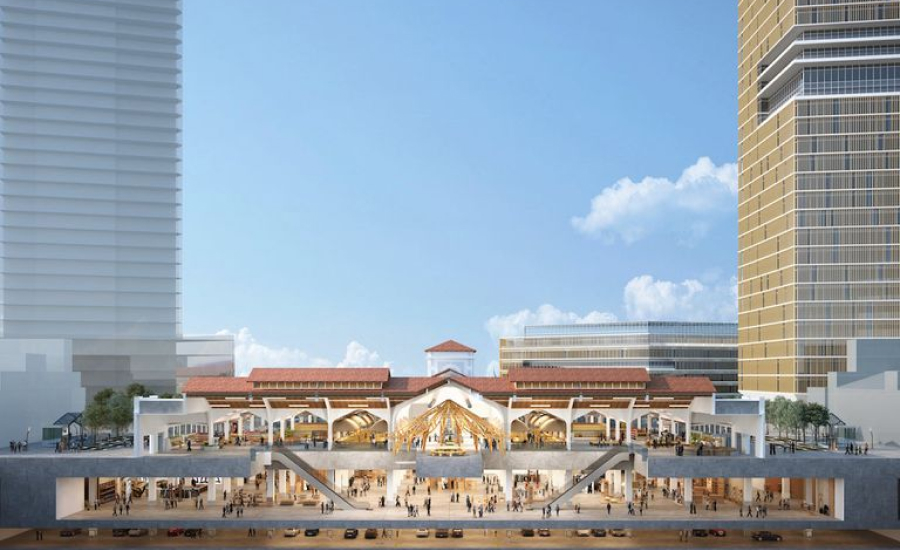
By respecting the original use of the buildings and adapting them to modern realities, the heritage structures are preserved and celebrated. | Source: S&A Architecture
Panel Discussion 3: Adaptive Reuse & Renovation
Tran Huu Phuc Tien, a historian, returned to the subject of Ben Thanh Market that he sees as part of the historic downtown area that came to dominate the city after 1865. He believes that the winning restoration project should be one that treats the whole area as one organism.
An example of how this can be achieved was given by Henry Bott, John Swire & Sons Vietnam Chief Representative, who presented a project Swire Group developed in Chengdu, China. With Sino-Ocean Taikoo Li Chengdu the developer seized an opportunity to create something truly unique by turning a 7th century temple and five other heritage buildings into the site’s main attraction. And the innovative fast-lane/slow-lane layout allows the public to experience the development based on their needs: local life and tea culture in the slow lane alongside a fast-faced shopping experience. By respecting the original use of the buildings and adapting them to modern realities, the heritage structures are preserved and celebrated. Henry believes that Vietnam is ripe for an opportunity to develop a similar project.
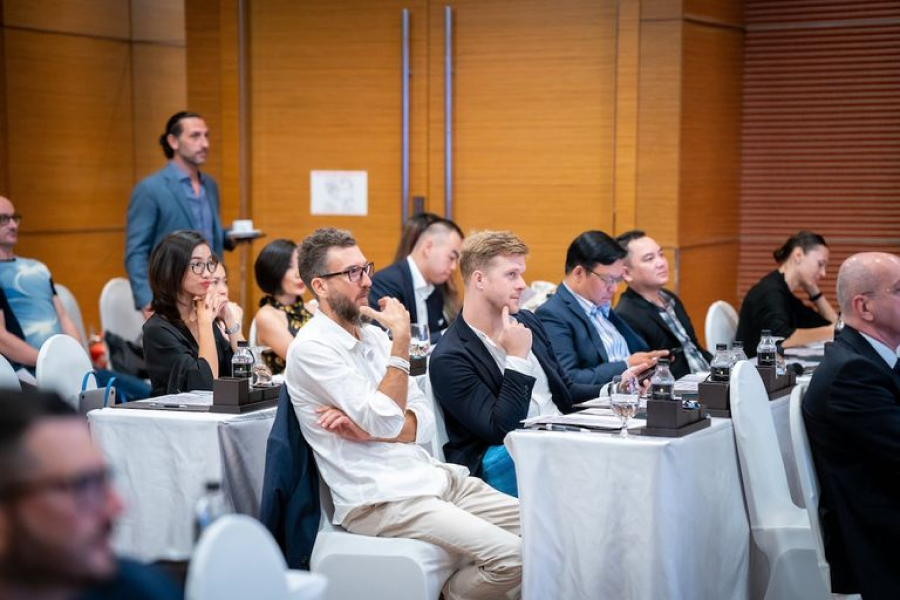
Ordinary buildings and masterpieces can and should coexist. Similarly, commercial and heritage buildings can live side by side. | Source: Nghi Nguyen for Vietcetera
Speaking from a developer’s perspective, Adam Fowler, the Investment Director of Ecopark, a developer with 60 integrated township projects in the pipeline, admitted that “profitability is always the number one priority”. The size of the plot matters as it allows to create amenities to benefit the entire community, as well as preserving buildings (or nature, in Ecopark’s case).
Continuing on the subject, Thuy Hoang, a director at Sonatus, explained that what helped the developer to obtain a sizable plot of land in the heart of Saigon’s Japan town was the government’s trust that they could deliver a commercial project well integrated into a historical neighborhood. The resulting building is firmly rooted in local history, with such elements as a Japan-inspired secret garden creating this continuity. Closing the panel, and the conference, Thuy spoke of the government’s role in incentivizing developers to work with heritage buildings even when profitability is not guaranteed.
Source: https://vietcetera.com/en/a-roadmap-to-making-heritage-preservation-profitable-by-sce-project-asia